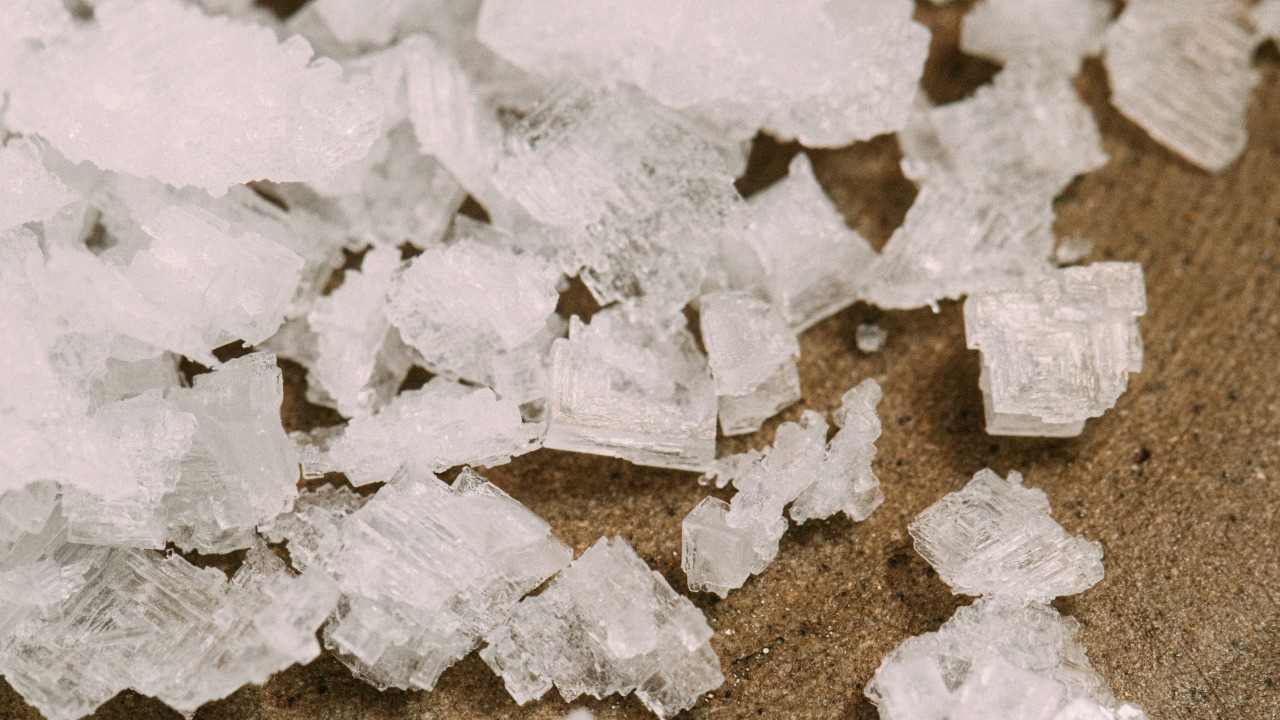
Perovskite solar cells have been making waves in the energy sector thanks to their superior light absorption, high charge mobility, and ease of fabrication. In recent developments, scientists have discovered that the introduction of hidden salt significantly enhances their efficiency and stability, making them increasingly attractive for large-scale applications.
Understanding Perovskite Solar Cells
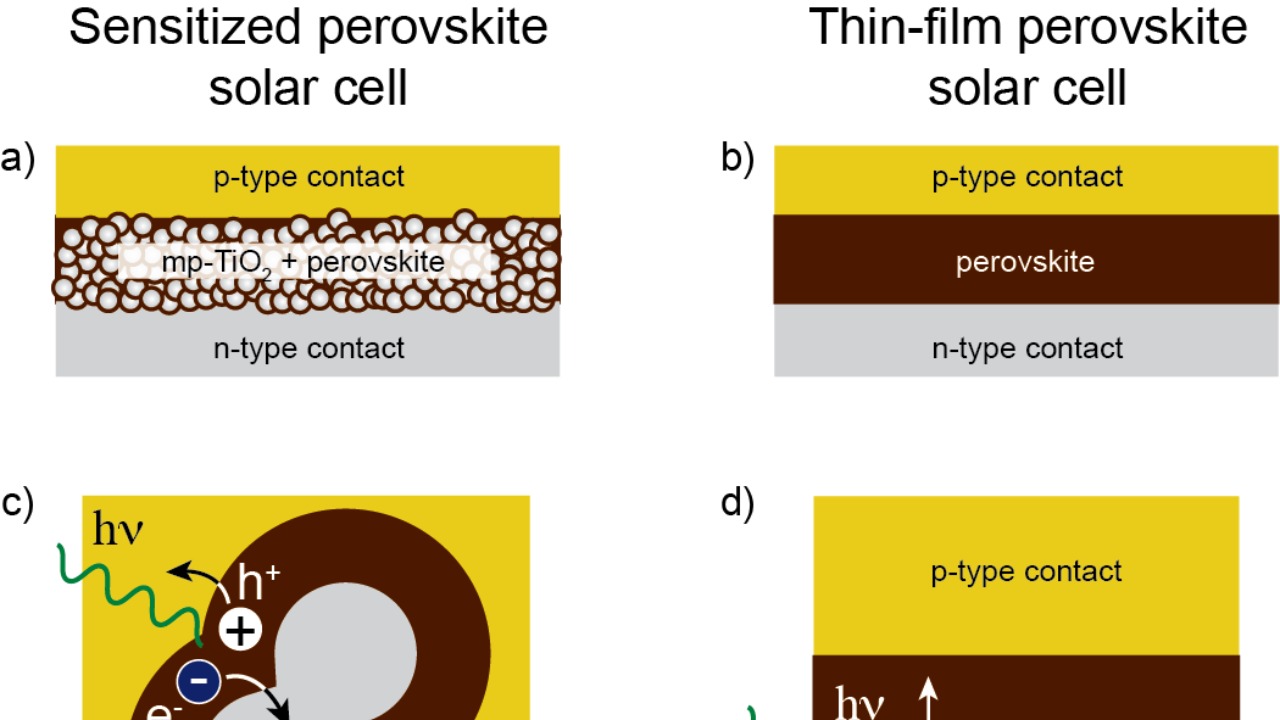
Perovskite solar cells, named after the mineral perovskite, are a type of thin-film solar cell with a light-absorbing layer that has the perovskite-structured compound. Compared to traditional silicon-based solar cells, perovskite solar cells are advantageous for a number of reasons. They boast superior light absorption, high charge mobility, and can be fabricated with relative ease. This combination of features allows them to convert sunlight into electricity with impressive efficiency.
Despite these benefits, perovskite solar cells face challenges that hinder their widespread adoption. One of the primary issues is their stability. Perovskite materials are sensitive to moisture, heat, and ultraviolet light, which can cause them to degrade quickly. Furthermore, their efficiency, although impressive, has room for improvement. These challenges have led researchers to explore ways to enhance the efficiency and stability of perovskite solar cells.
The Role of Hidden Salt in Perovskite Solar Cells
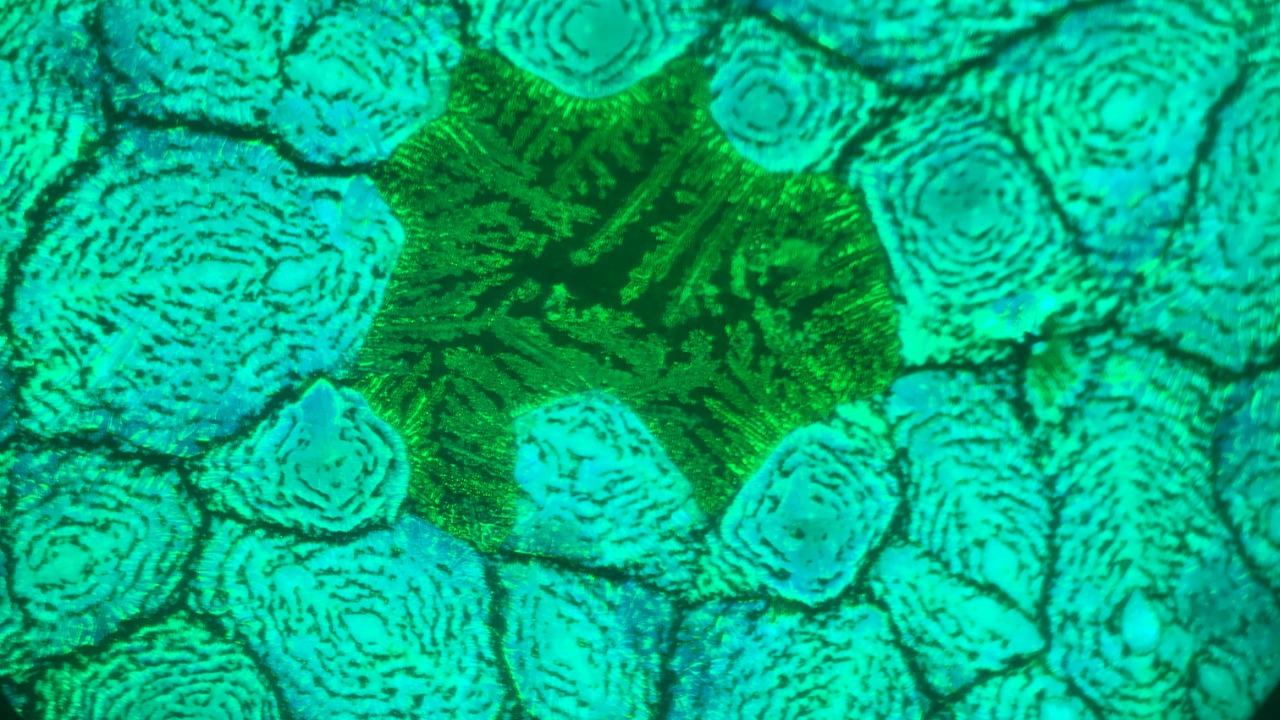
In the pursuit of solutions, scientists have turned to a surprising source – hidden salt. This references the use of salt-based additives that are introduced into the perovskite fabrication process. The ‘hidden’ aspect refers to the fact that these salts are often not detectable in the final perovskite structure, hence the term ‘hidden’.
Recent research has shown promising results with the inclusion of hidden salt in perovskite solar cells. The studies reveal that the addition of these salts can significantly improve both the efficiency and stability of the cells. This is achieved mainly through enhancing charge transport, reducing recombination, and mitigating ion migration and degradation issues.
Technical Insights: How Hidden Salt Boosts Efficiency and Stability
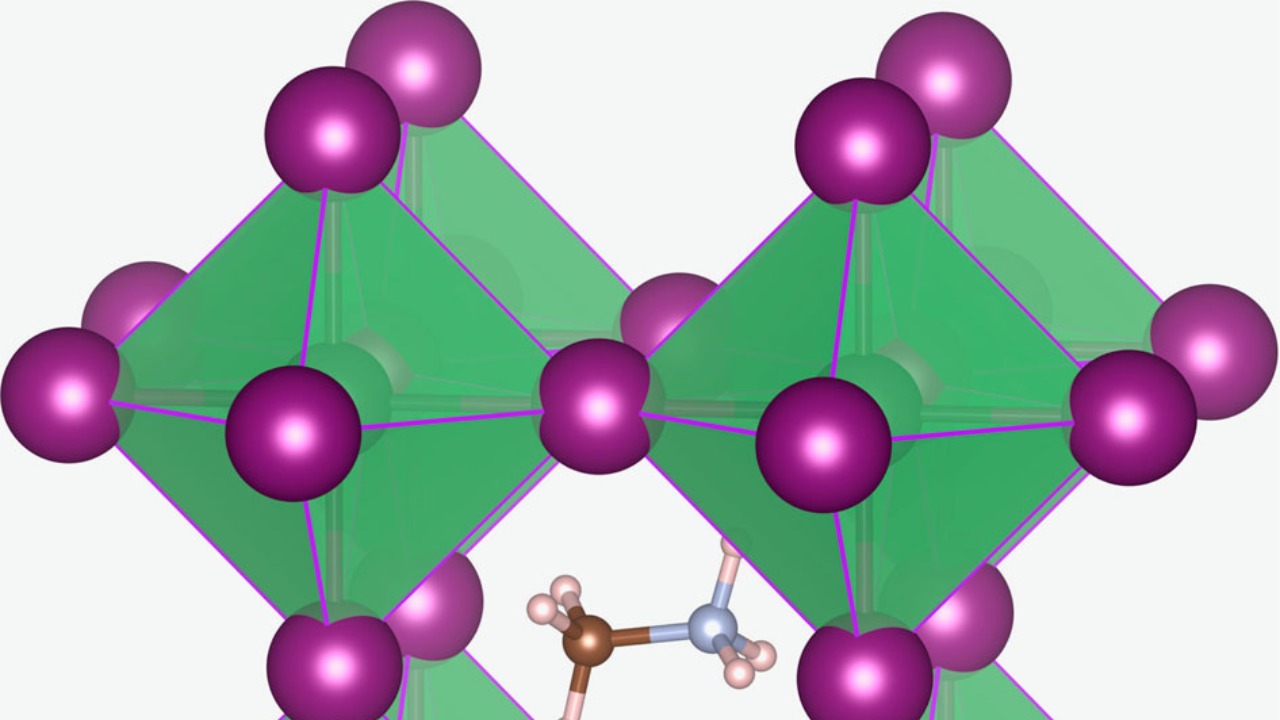
How does hidden salt achieve these benefits? Firstly, hidden salt enhances the efficiency of perovskite solar cells by promoting charge transport and reducing recombination. This means that the cells can make better use of the sunlight they absorb and convert it into electricity more effectively. The impact of this on performance is significant, with some studies reporting efficiency increases of up to 20%.
Furthermore, hidden salt plays a crucial role in enhancing the stability of perovskite solar cells. It does this by mitigating ion migration issues, a common problem with perovskite materials that can lead to rapid degradation. By reducing this migration, the cells can maintain their performance levels for longer, resulting in improved stability. An article published on SciTechDaily highlights how these improvements could be a game changer for the solar energy industry.
Implications and Applications
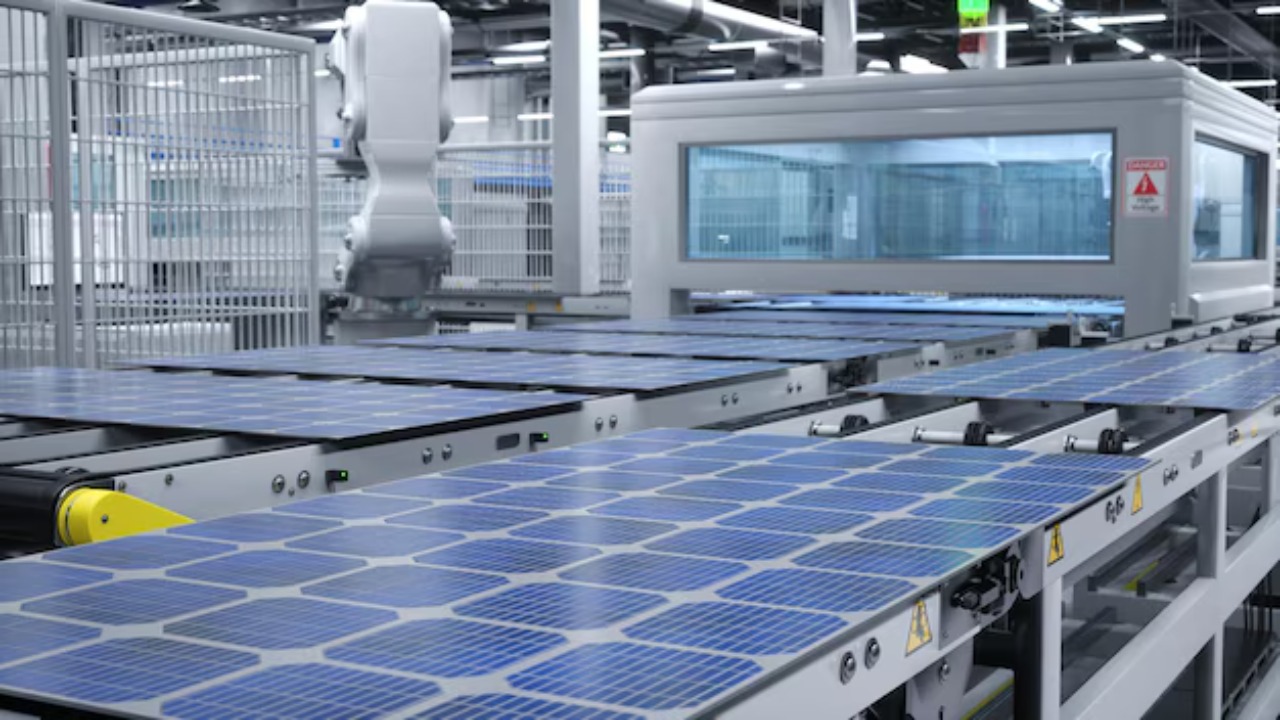
The potential impact of these findings on the solar energy industry is significant. By addressing the key challenges of efficiency and stability, the use of hidden salt may make perovskite solar cells a commercially viable alternative to silicon-based cells. This opens up a wide range of potential applications for these cells, particularly in large-scale renewable energy production.
For instance, perovskite solar cells could be used to power large solar farms, providing a more cost-effective and efficient solution than traditional solar cells. They could also be integrated into building materials, creating solar-powered buildings that generate their own clean energy. The possibilities are vast and continue to expand as the technology improves. A detailed analysis of potential applications can be found on Interesting Engineering.
Challenges and Future Directions

Despite these promising developments, there remain challenges in the application of hidden salt in perovskite solar cells. The process of introducing the salt needs further optimization, and the performance of these improved cells needs to be tested under real-world conditions. Additionally, the long-term stability of these cells, particularly in harsh environmental conditions, remains to be proven.
Future research will likely focus on addressing these challenges and further improving the efficiency and stability of perovskite solar cells with hidden salt. There is also potential to explore other additives and fabrication methods that could yield even better results. As this technology continues to evolve, perovskite solar cells hold great promise for the future of renewable energy. A comprehensive review of these future directions can be found in this Advanced Functional Materials journal.